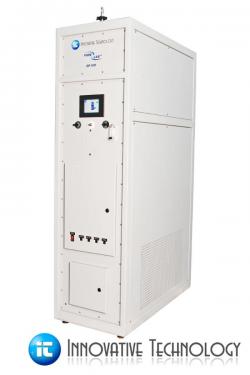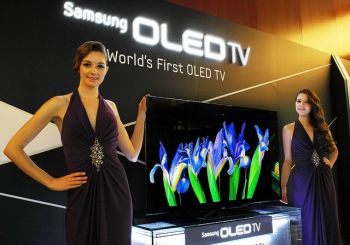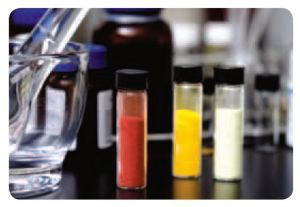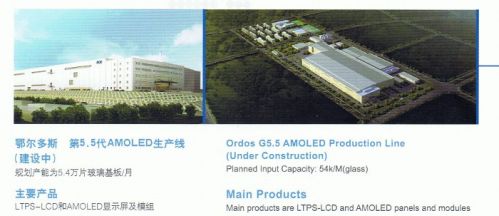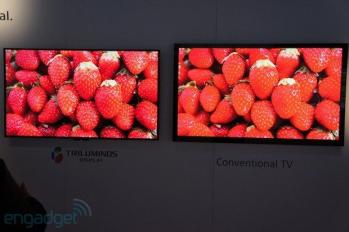LG sold 400 84" 4K LCDs in Korea ($20,000), bodes well for OLED TVs?
LG says that they already sold 300 84LM9600 TVs in Korea - those are 84" 4K LCD TVs that cost $20,000. LG started to sell those TVs in July 2012, so it's about 300 sets in half a year. LG are quite happy with this number - those TVs are very expensive, and there's still no 4K content of any kind in Korea.
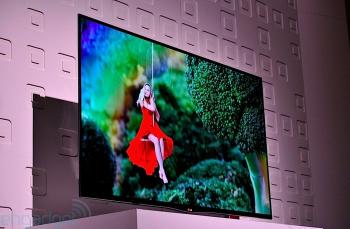 LG's 55EM9700 OLED TV
LG's 55EM9700 OLED TV
This is good news I think for the emerging OLED TV market. I think LG's 55EM9700 OLED TV will be more popular than that large LCD TV - although it's smaller at 55" it's also much cheaper ($10,000 in Korea), it's slimmer, thinner and offers a better picture, at least for FHD content. Hopefully LG will also update us on its OLED TV sales in Korea soon.




